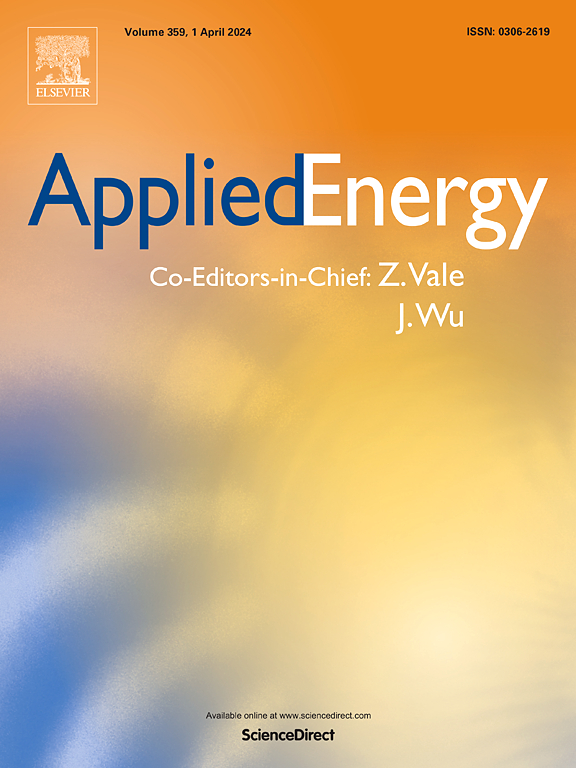Optimization and analysis of reliquefaction system utilizing hydrogen as refrigerant for liquid hydrogen carriers
IF 10.1
1区 工程技术
Q1 ENERGY & FUELS
引用次数: 0
Abstract
In this study, a reliquefaction system utilizing a reverse Brayton cycle with hydrogen as a refrigerant to handle boil-off hydrogen (BOH) generated within liquid hydrogen carriers operating in oceanic routes from a thermodynamic perspective is proposed. Furthermore, optimization targeting specific energy consumption (SEC) as the fitness function was performed using a genetic algorithm. Subsequently, an economic analysis was conducted at the equipment unit level for the reliquefaction system. Thermodynamic analysis of the optimized system revealed a SEC of 5.028 kWh/kg and an exergy efficiency of 44.48 %. During optimization, the circulation rates of BOH and refrigerant decreased, leading to a significant reduction in the exergy destruction within the heat exchangers and an improvement in the system efficiency. Notably, the optimization results indicated the significant influence of the heat exchange conditions in the heat exchangers on the overall system efficiency. It is also worth noting that the optimal BOH compression pressure was approximately 25 bara, which is similar to the pressure of the raw material hydrogen used as a feed gas in onshore hydrogen liquefaction systems. This suggests that the design experience gained from manufacturing equipment for onshore hydrogen liquefaction systems can provide significant benefits when producing equipment for onboard BOH reliquefaction systems. Economic analysis revealed that in the optimized system, it costs USD 1.09 to reliquefy 1 kg of BOH.

求助全文
约1分钟内获得全文
求助全文
来源期刊

Applied Energy
工程技术-工程:化工
CiteScore
21.20
自引率
10.70%
发文量
1830
审稿时长
41 days
期刊介绍:
Applied Energy serves as a platform for sharing innovations, research, development, and demonstrations in energy conversion, conservation, and sustainable energy systems. The journal covers topics such as optimal energy resource use, environmental pollutant mitigation, and energy process analysis. It welcomes original papers, review articles, technical notes, and letters to the editor. Authors are encouraged to submit manuscripts that bridge the gap between research, development, and implementation. The journal addresses a wide spectrum of topics, including fossil and renewable energy technologies, energy economics, and environmental impacts. Applied Energy also explores modeling and forecasting, conservation strategies, and the social and economic implications of energy policies, including climate change mitigation. It is complemented by the open-access journal Advances in Applied Energy.
 求助内容:
求助内容: 应助结果提醒方式:
应助结果提醒方式:


